Product Photography: what it is and how to choose the most suitable one?
Product photography is a very important niche in photography and is currently essential for the promotion and dissemination of a brand. However, it is wrong to think that product photography is limited to an object on a white background since there are many ways to display a product.
The photoshoot should always be based on the type of business, the established communication strategy, the target audience, and the intended use - for example, photos for directories, social networks and outdoors must be different.
What is product photography?
Product photography has a clear goal: highlight a certain object and captivate the interest of the target audience, encouraging the purchase.
You would not buy from e-commerce containing only a descriptive text of the product, would you? Most people would not, since the trust level radically descends when there is no photography showing the described characteristics.
These images must be created according to the type of product and, regardless of the style of the photoshoot, they must clearly highlight the product so that it is accurately expressed and the promised worth is delivered - we do not want to disappoint any of the customers, and for this reason, the characteristics of the product in the photo must adhere the actual product.
Product photography, using the typology the brand selects, helps to segment the market and solidify its position.
Product photography types
1. Studio Photography
This is actually the type of photography that we automatically associate with this terminology. Created in a studio, these images present the object in the simplest way and are widely used in e-commerce and directories.
Depending on the textures, packaging, and materials of each product, the photographer needs to adjust the different factors when shooting, but the result is always cohesive and similar. Regardless of whether it is a piece of clothing, a pair of shoes or a bottle of perfume, the result will be a photograph focused on the sale of the product, which presents its characteristics in a transparent way.
This is not a creative type of photography, and it is often necessary to shoot all the products at once, in a fixed studio, to ensure that they all look the same and that the light direction remains. In this type of product photography, some shadows are sharpened to highlight the shape of the product, and the background color can change according to the object you wish to highlight.
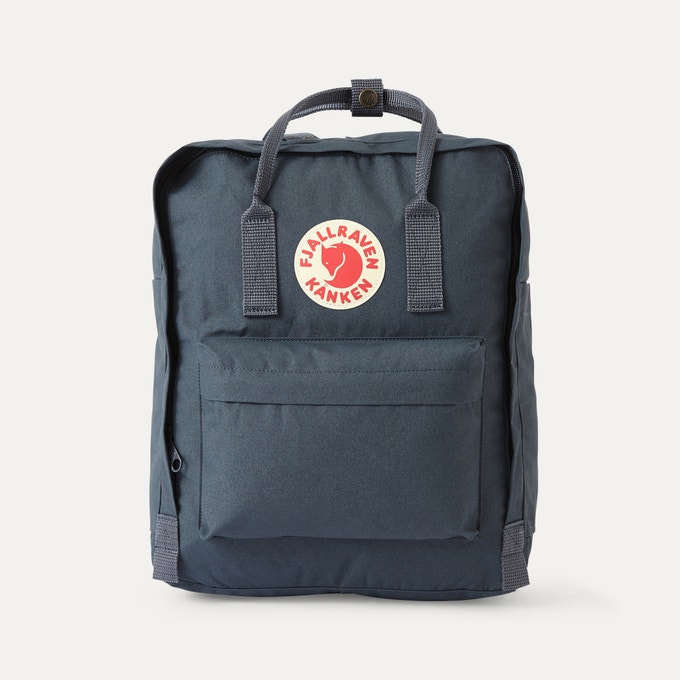
2. White Background Photography
The most common of all product photographs is white background photography, where the product is portrayed in a clean and non-distracting way. It is also widely used in e-commerces and directories, although it is often combined with other types of product photography to present a concept. The only variation is the use (or suppression) of shadow, which gives the product depth.

3. Set Photography
When a product has a certain feature, such as color or style, and is sold in several versions, it is often preferable to photograph all the options in a single image, so that the customer can immediately see all the possibilities (avoiding the need to browse the product page to get this information).
Still, this type of photography is usually followed by individual photos of the products, so that the customer can see the product in the color that interests him the most accurately.
In addition, this style of product photography presents itself as a good suggestion for special packs or products that are not sold separately.
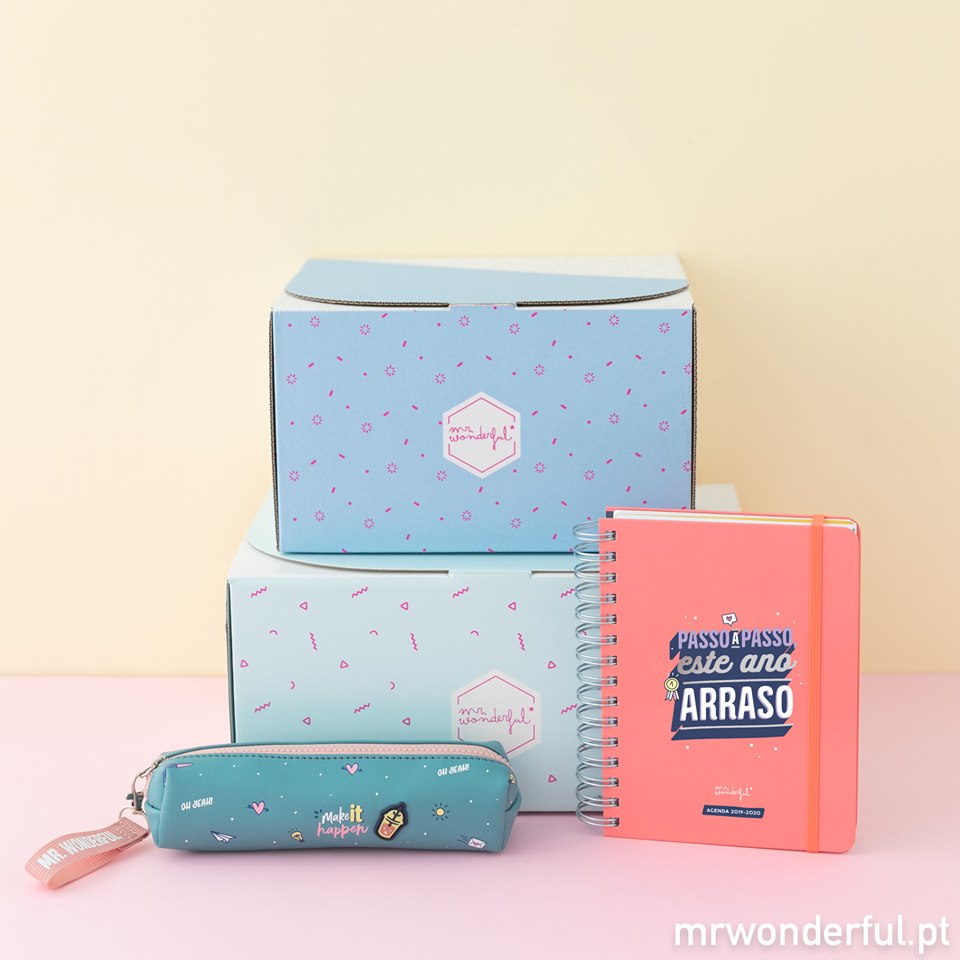
4. Comparative Photography
In order to present the actual size of the product and to avoid misleading the customer, it sometimes makes sense to place a related product on the image. In these cases, it is necessary that they are universal objects, so that the customer can see and compare.
Putting a person next to an object, or using it, is a good way to portray dimensions. The scale makes all the difference in some products, because white photography alone may not be clear enough. Thus, the customer can immediately understand whether that product is ideal for him or whether he should buy the larger or smaller version.
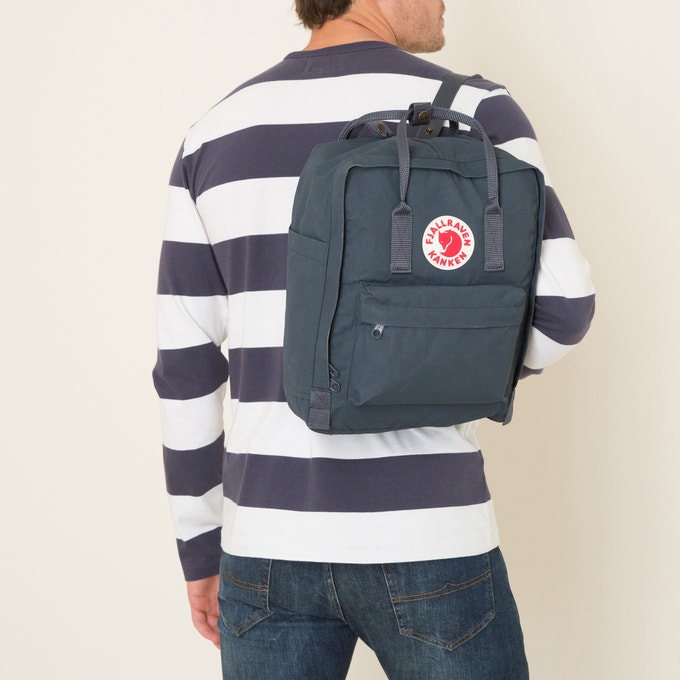
5. Real Environment Photography
Presenting the product in a real environment, contextualized with a lifestyle, might be the best solution for some products. More and more brands choose this style of photography because they end up associating their history and values with each of their products. It is widely used in the fashion and decoration area, promoting a specific standard of living and creating empathy with the target audience, who has similar tastes and who is able to see itself in the photography. More than one product, the brand is selling the moment and environment that the customer wants, and the customer ends up not making a more emotional purchase and creating a stronger link with the brand.
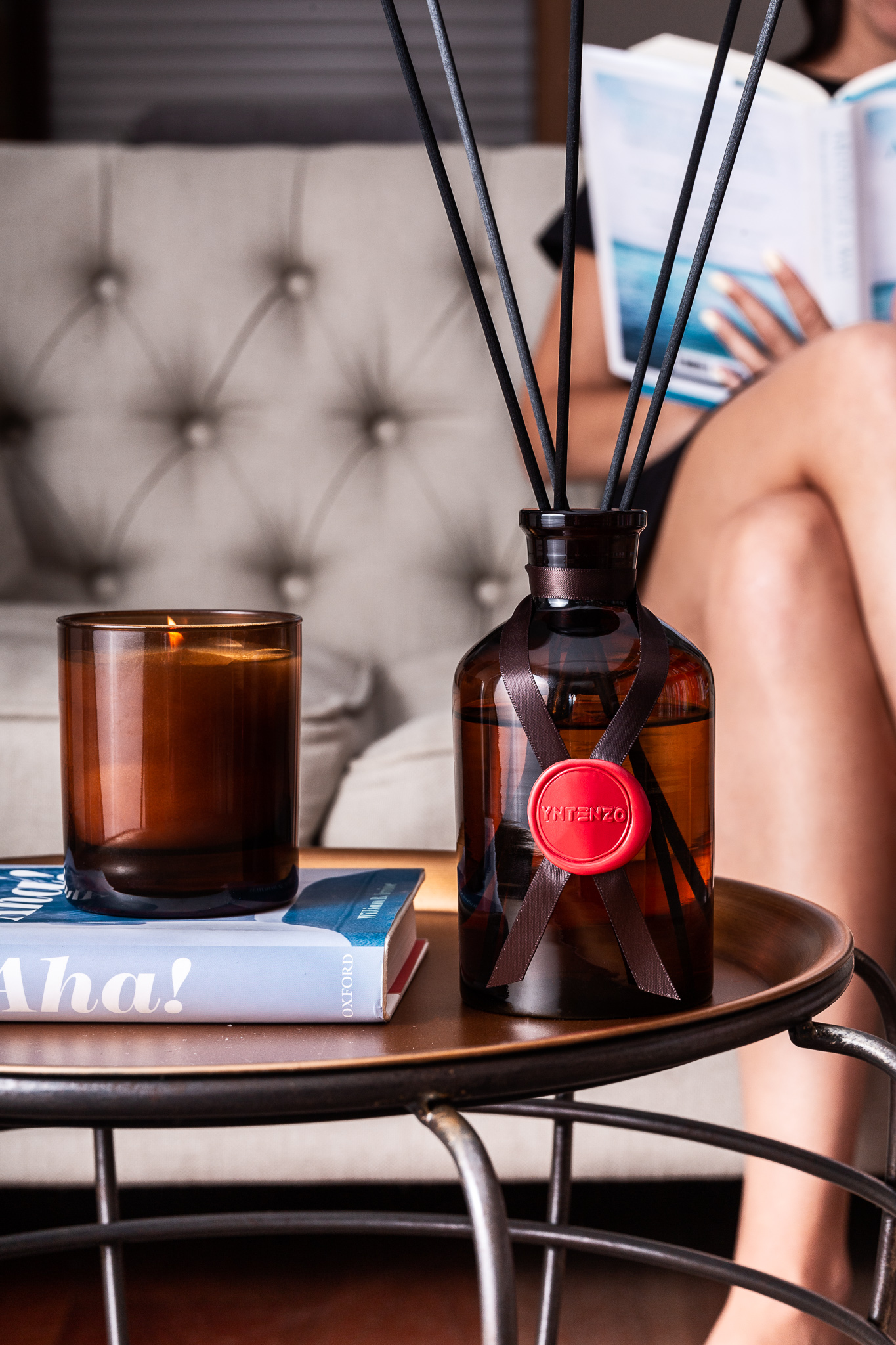
6. Photo Composing
Whether photographs taken from above, showing a set of carefully positioned products (this is called flat lay) or through other angles, the placement of elements that relate to the product is usually a good idea. This must be done in a limited way because it is important that the highlight goes to the product you want to sell. A photo with more elements tells a story and creates a connection with those who see it, besides, it is much more interesting and appealing than that of an object a white background.
It is a format that works very well on social networks, because - as stated above - it presents values, tastes, and lifestyles. It is an excellent way to connect with the target audience, boosting sales.
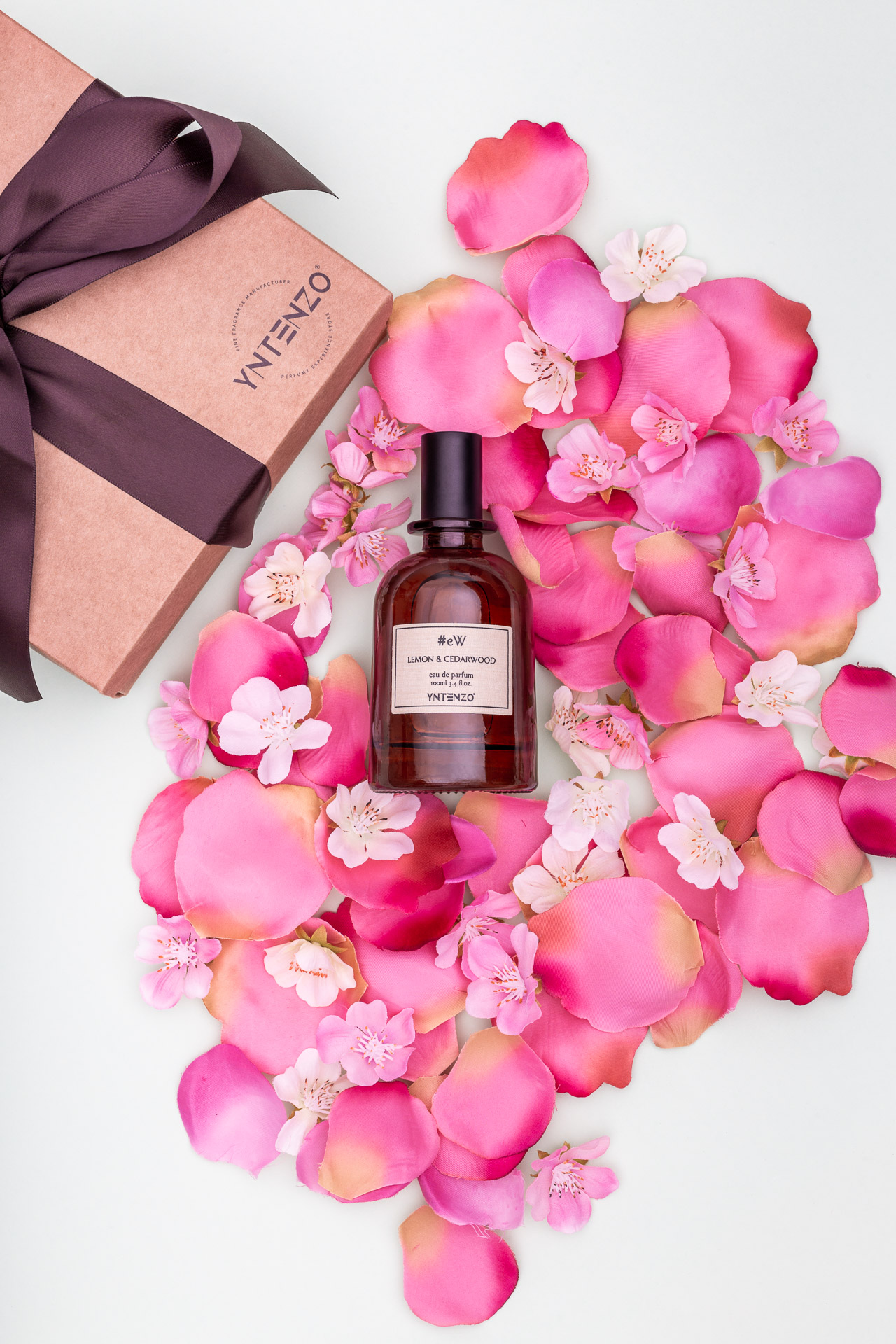
One of the best things about product photography is that it allows creativity to be explored. In these situations, we have to get to work and experience different things, because apparently unattractive products, created solely to fulfill a functionality, can give rise to extraordinary photographs depending on the way they are displayed.
An accurate example: instead of photographing a simple wrapping paper on a white background, why not wrap something with that paper (since that is its purpose) or simulate a table with other items needed for the moment? A Christmas tree with presents underneath, wrapped with the same paper, can be interesting content for the month of December!
No product should be limited to one type of photography, especially because different communication channels will require different styles. The important thing is to understand who you wish to communicate with, to properly know the platform you are using to display the image and, of course, to ensure that each photography represents the brand and its values. Even in e-commerce or a directory, it is advantageous to combine several photography styles and different angles so that costumers have a real perception of the object.
